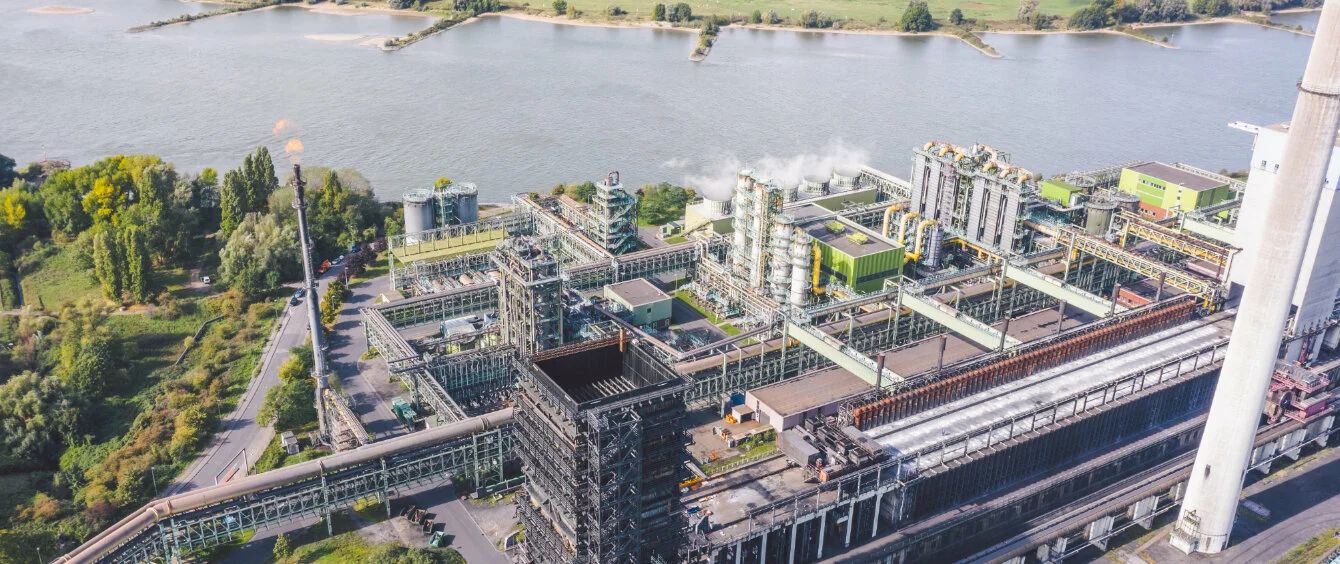Steel is indispensable to many branches of industry. Huge quantities of this material are needed – above all by the automotive and mechanical engineering sectors. Boasting annual revenues north of 30 billion euros and a labour force of over 90,000, Germany’s steel sector is thus a major driver of industry. However, given how energy-intensive it is to produce the iron-carbon alloy in a blast furnace, substantial amounts of greenhouse gases are released into the atmosphere. According to the Federal Ministry for Economic Affairs and Climate Action (link in German), this accounts for some 30 percent of Germany’s total industrial emissions.
The reverse conclusion is that more sustainable processes enable great CO2 savings. On commission from the German Hydrogen and Fuel Cell Association (Link in German) (DWV), consultancy Ludwig-Bölkow-Systemtechnik GmbH (Link in German) (LBST) explored a potential roadmap to zero-emissions steel production. In a comprehensive meta-study, the experts outline what the sector’s required transformation could look like.
More efficient processes and sustainable energy sources
LBST and DWV conclude that carbon dioxide emissions could drop by more than 95 percent by 2050, citing a switch to the direct reduction method and use of hydrogen (H2) as the key. This specialised process cannot be implemented in a blast furnace and is more energy efficient as it does not require temperatures in excess of 1,000 degrees Celsius. Instead of going through the complex process of obtaining the reduction gases from coke, they are fed directly into the shaft furnace. The sponge iron thus obtained is then melted and converted to crude steel.
Initially, the main energy source will be natural gas. The first plants could be converted as early as 2030. According to the study, this technique could reduce greenhouse gas emissions by as much as 60 percent.
Later on, natural gas can be replaced by hydrogen – as soon as the latter becomes available in sufficient quantities. Usage of green hydrogen from renewable energy saves another 25 kilogrammes (kg) for every kilogramme of hydrogen. Given that 70 kg of H2 are needed to produce a metric ton of steel, this represents huge potential savings.
Substantial need for green hydrogen
This would turn the steel industry into one of the biggest hydrogen buyers. Based on the analysis, demand in Germany could total 34 terawatt hours per year (TWh/a) as soon as 2030. Experts project 70 to 100 TWh/a by 2050, equalling up to 40 percent of total expected demand.
More efficient plants and a higher share of secondary steel (recycled scrap steel) could also play a role in the medium term. As a result, the steel sector may well not only reduce its specific emissions to near-zero, but also contribute to building a circular economy while helping to reduce the carbon footprint of downstream branches of industry.
